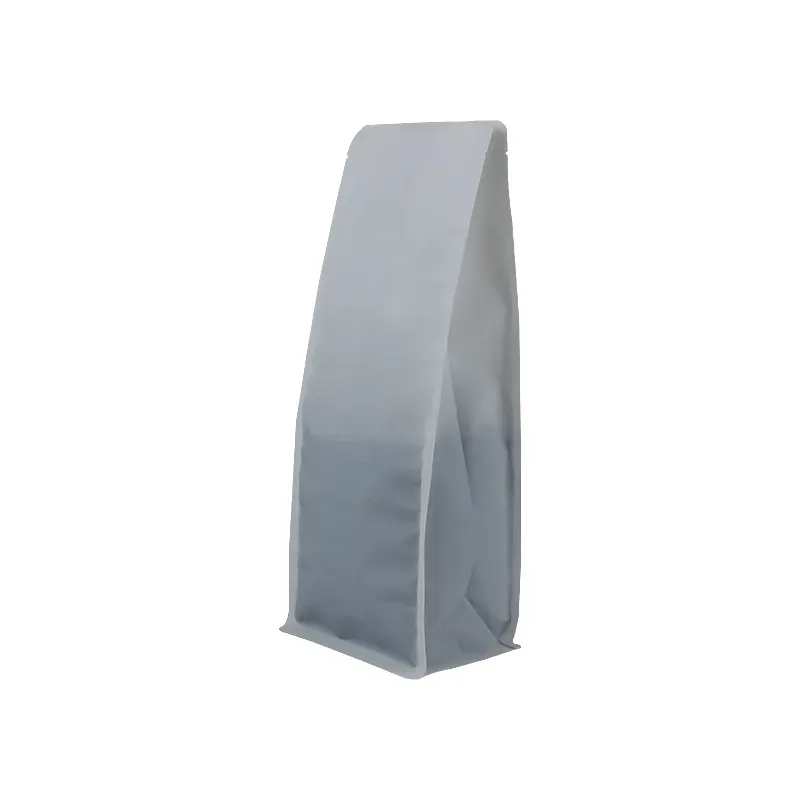- Afrikaans
- Albanian
- Amharic
- Arabic
- Armenian
- Azerbaijani
- Basque
- Belarusian
- Bengali
- Bosnian
- Bulgarian
- Catalan
- Cebuano
- chinese_simplified
- chinese_traditional
- Corsican
- Croatian
- Czech
- Danish
- Dutch
- English
- Esperanto
- Estonian
- Finnish
- French
- Frisian
- Galician
- Georgian
- German
- Greek
- Gujarati
- haitian_creole
- hausa
- hawaiian
- Hebrew
- Hindi
- Miao
- Hungarian
- Icelandic
- igbo
- Indonesian
- irish
- Italian
- Japanese
- Javanese
- Kannada
- kazakh
- Khmer
- Rwandese
- Korean
- Kurdish
- Kyrgyz
- Lao
- Latin
- Latvian
- Lithuanian
- Luxembourgish
- Macedonian
- Malgashi
- Malay
- Malayalam
- Maltese
- Maori
- Marathi
- Mongolian
- Myanmar
- Nepali
- Norwegian
- Norwegian
- Occitan
- Pashto
- Persian
- Polish
- Portuguese
- Punjabi
- Romanian
- Russian
- Samoan
- scottish-gaelic
- Serbian
- Sesotho
- Shona
- Sindhi
- Sinhala
- Slovak
- Slovenian
- Somali
- Spanish
- Sundanese
- Swahili
- Swedish
- Tagalog
- Tajik
- Tamil
- Tatar
- Telugu
- Thai
- Turkish
- Turkmen
- Ukrainian
- Urdu
- Uighur
- Uzbek
- Vietnamese
- Welsh
- Bantu
- Yiddish
- Yoruba
- Zulu
Exploring the Vibrant World of CMYK Color Space and Its Applications
Understanding the CMYK Color Space A Comprehensive Overview
The CMYK color space is widely used in the world of print media, representing a fundamental aspect of color reproduction that is essential for graphic designers, printers, and anyone involved in creating printed materials. CMYK stands for the four essential colors of ink used in the printing process Cyan, Magenta, Yellow, and Key (Black). This color model is critical for producing high-quality images and designs, as it directly correlates to how colors are combined and perceived on physical media.
The Basics of CMYK
The CMYK color model operates on the principle of subtractive color mixing. Unlike additive color models like RGB (Red, Green, Blue), which are used primarily for digital displays and light-based technologies, CMYK relies on the absorption and reflection of light through ink layers. Each color in the CMYK spectrum absorbs certain wavelengths of light and reflects others. For example, cyan absorbs red light, magenta absorbs green light, and yellow absorbs blue light. By layering these colors, printers can create a broad spectrum of colors.
The term Key refers to the black ink used in this process. While theoretically, mixing cyan, magenta, and yellow should result in black, the reality is often a muddy brown. Therefore, black ink is added to deepen shadows and enhance overall contrast within images, providing depth and clarity.
The Importance of Color Accuracy
For designers and printers, color accuracy is paramount. CMYK is advantageous in that it allows for consistent color production across different prints and media. However, there are challenges in translating designs from digital screens to printed formats, as screens emit light and produce colors based on the RGB model. It’s not uncommon for a vibrant color to appear on a computer screen but lose its vibrancy when printed using CMYK. Thus, understanding color profiles and managing color conversions is essential to achieving desired results.
cmyk color space

Design software, like Adobe Photoshop and Illustrator, includes tools for converting colors from RGB to CMYK, but it often requires fine-tuning to ensure the closest possible match in printed output. Designers typically utilize print proofing techniques, where test prints are made to evaluate how the colors will appear on the final product.
Applications of CMYK
The CMYK color space is utilized across various print media, including magazines, brochures, business cards, and packaging. Its application is not limited to any particular industry; rather, it spans across advertising, publishing, and even fine arts. The ability to achieve precise color matching means that branding can be consistently maintained across various materials, which is especially critical for companies needing to uphold a specific visual identity.
Additionally, CMYK has evolved with the advent of digital printing technologies. Digital presses typically allow for more flexibility and shorter print runs, making it possible for businesses to produce smaller quantities of high-quality prints without sacrificing color fidelity. This is an important consideration in today’s fast-paced market, where customization and quick turnaround times are often essential.
Conclusion
In summary, the CMYK color space is a foundational element of print media that enables the accurate reproduction of images and designs. Understanding how this subtractive color model works is crucial for anyone involved in print production. By mastering CMYK, designers and printers can ensure that their creative visions are effectively translated from screens to printed products, achieving clarity, vibrancy, and consistency in their work. As technology continues to advance, the importance of CMYK will remain, evolving alongside printing techniques to meet the demands of contemporary design and marketing.













